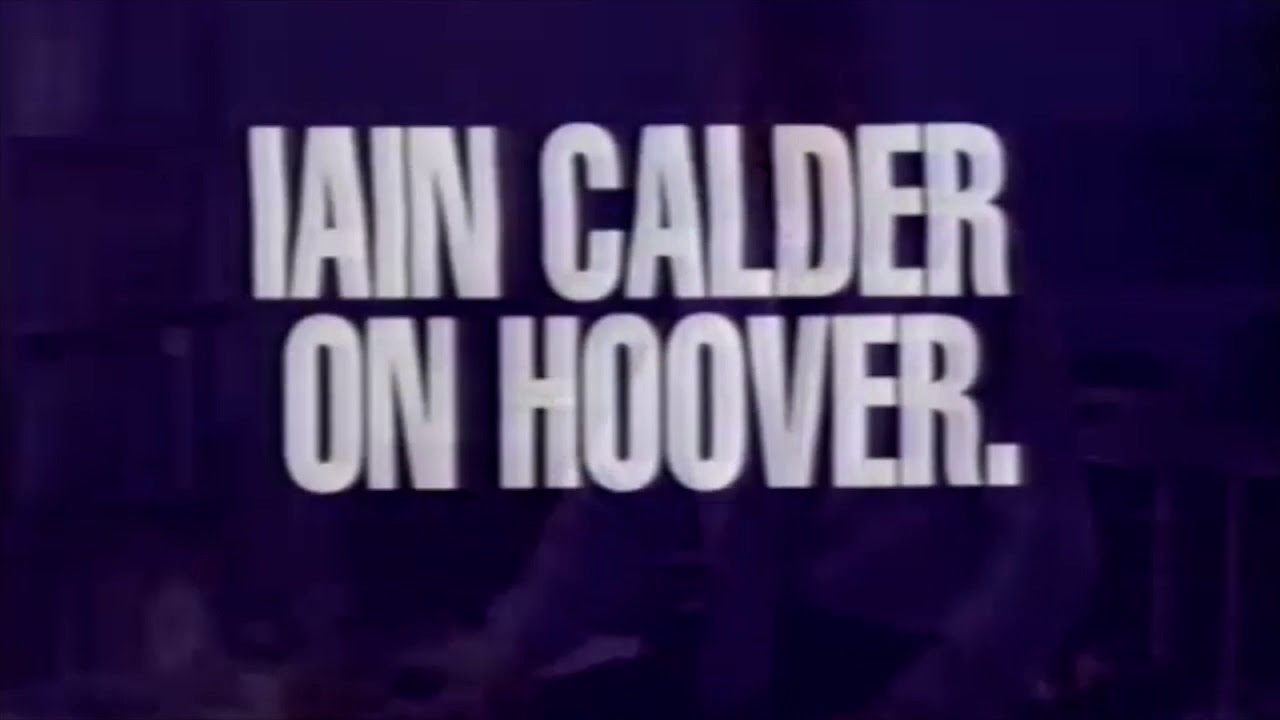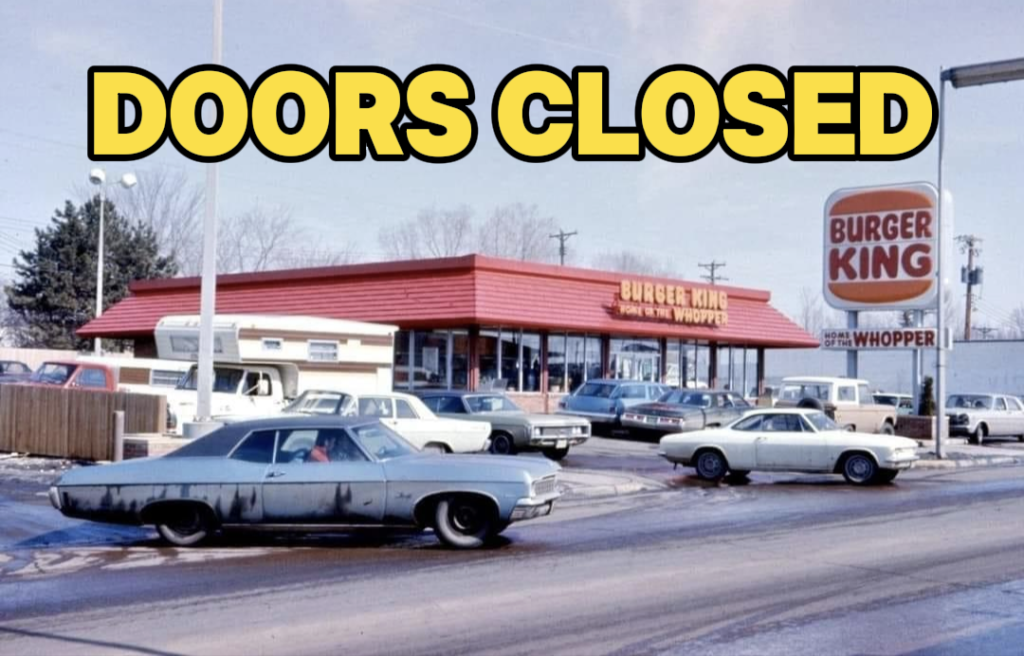How the 1990s Revolutionized Advertising
The 1990s marked a transformative era for advertising, blending creativity, emerging technology, and cultural trends that shaped the way brands connected with audiences. From unforgettable slogans to groundbreaking campaigns, the decade set the foundation for modern marketing. Here’s a look at how the 1990s revolutionized advertising.
1. The Power of Catchy Slogans and Memorable Jingles
The 1990s gave us slogans that are still etched in our memories. Phrases like Nike’s “Just Do It” and McDonald’s “I’m Lovin’ It” became cultural touchstones. These taglines were more than catchy—they encapsulated the brands’ philosophies and created emotional connections with consumers.
Similarly, jingles like Folgers’ “The Best Part of Wakin’ Up” and the Oscar Mayer song became iconic, proving that a memorable tune could drive brand loyalty.
2. Celebrity Endorsements Take Center Stage
The 1990s saw celebrities becoming the faces of major brands, blurring the line between entertainment and advertising. Michael Jordan’s partnership with Nike for Air Jordans redefined sports marketing, while Cindy Crawford’s Pepsi commercial at the 1992 Super Bowl became a cultural moment.

By leveraging celebrity influence, brands boosted credibility and captured the aspirational desires of consumers.
3. The Birth of Viral Marketing
Though the internet was still in its infancy, the seeds of viral marketing were planted in the 1990s. Ads like Budweiser’s “Whassup?” campaign (1999) spread through word-of-mouth and became a pop culture phenomenon.
These campaigns proved that humor and relatability could turn ads into cultural trends, creating buzz that extended beyond traditional media.
4. The Rise of Emotional Storytelling
Advertisers in the 1990s began focusing on storytelling to forge deeper connections with audiences. Coca-Cola’s holiday commercials featuring the beloved polar bears tugged at heartstrings and evoked the warmth of the season.

This shift from product-focused advertising to emotional engagement helped brands stand out in a competitive market.
5. Advances in Technology and CGI
The 1990s ushered in significant advancements in technology, allowing for more visually stunning advertisements. Companies like Apple and Nike embraced cutting-edge CGI to create captivating visuals that left a lasting impact.
For example, the “Think Different” campaign by Apple showcased creativity and innovation, solidifying the brand as a leader in tech.
6. Super Bowl Ads Become Cultural Events
The 1990s cemented the Super Bowl as a prime stage for advertising. Big-budget commercials, such as Pepsi’s “Little Boy” ad and the introduction of the Budweiser Frogs, turned the annual event into a showcase of creativity and humor.
These ads not only entertained millions but also demonstrated the growing importance of high-profile moments in advertising.
7. Targeting a New Generation
Advertisers in the 1990s began tailoring their campaigns to the emerging Millennial generation. MTV played a pivotal role in shaping youth culture, and brands like Pepsi and Levi’s used the platform to reach younger audiences.
Bold, edgy, and irreverent campaigns spoke directly to Gen X and Millennial sensibilities, marking a shift in advertising strategies.
8. Early Internet Ads Pave the Way for Digital Marketing
The late 1990s saw the introduction of online advertising, with banner ads and email marketing becoming new tools for reaching consumers. While rudimentary compared to today’s standards, these early experiments laid the groundwork for the digital revolution that followed.
Conclusion
The 1990s were a defining decade for advertising, blending creativity, technology, and cultural insights to craft campaigns that left an indelible mark. From emotional storytelling to the birth of viral marketing, the innovations of the 1990s continue to influence the way brands connect with consumers today.
As we look back, it’s clear that the 1990s didn’t just revolutionize advertising—they redefined how we see and experience brands in our everyday lives.

